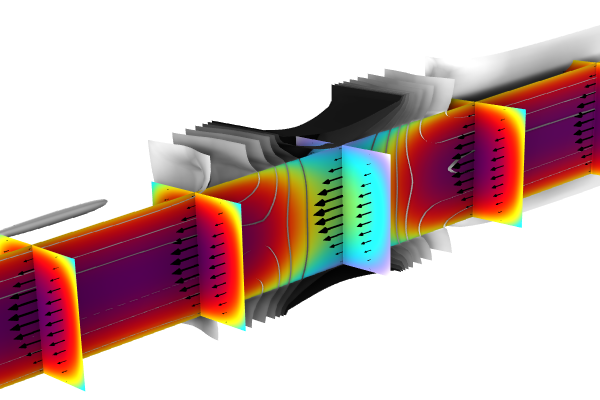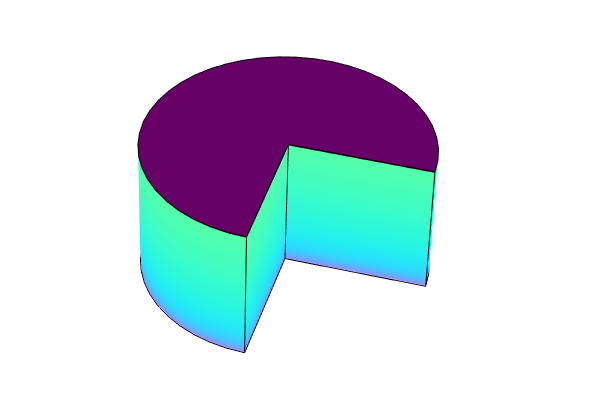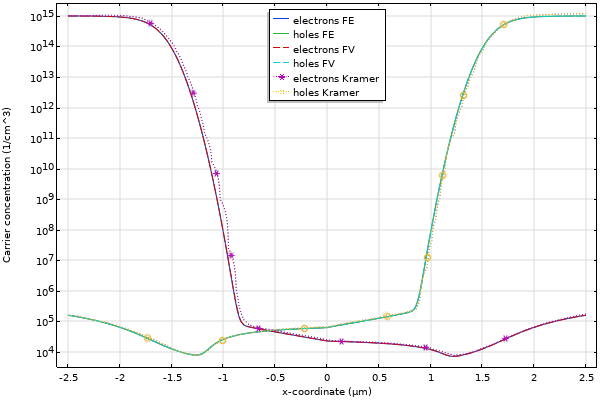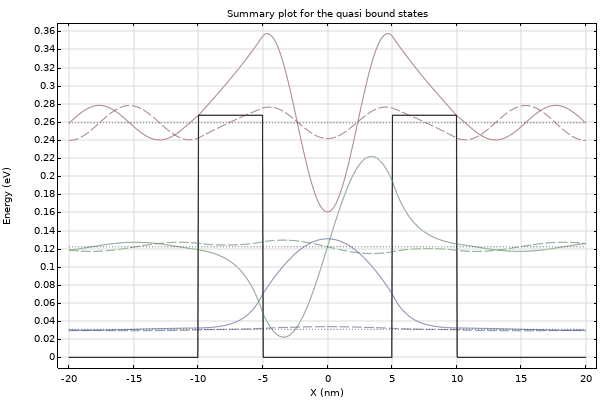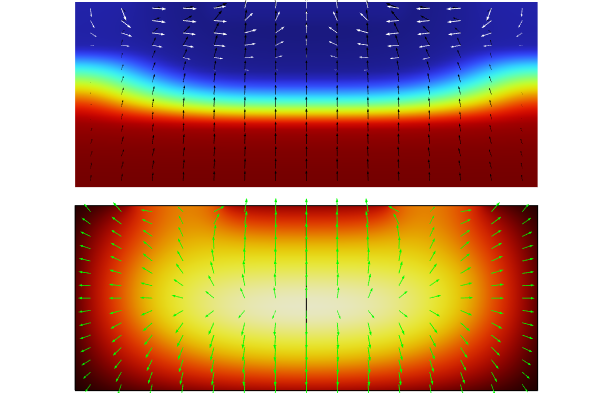Modeling Semiconductor Heating
Part 5 of the semiconductor modeling course starts with an overview of some of the different multiphysics coupling options available in the Semiconductor Module. We will then focus on semiconductor heating. To model nonisothermal devices, you can couple the Heat Transfer in Solids and Semiconductor interfaces.
Demo: Semiconductor Heating
In this video, we use the thermal analysis of a bipolar transistor tutorial model to demonstrate how to combine the Semiconductor interface with the Heat Transfer in Solids interface to add the effects of a nonuniform temperature throughout a semiconductor device. The temperature distribution throughout the device is calculated in the heat transfer interface while the heat source is provided by the Semiconductor interface. An incomplete ionization model is used for the dopant ionization in the Semiconductor interface. Incomplete dopant ionization is a temperature-dependent process that affects the carrier concentration, and therefore the current, through the semiconductor material.
Submit feedback about this page or contact support here.

